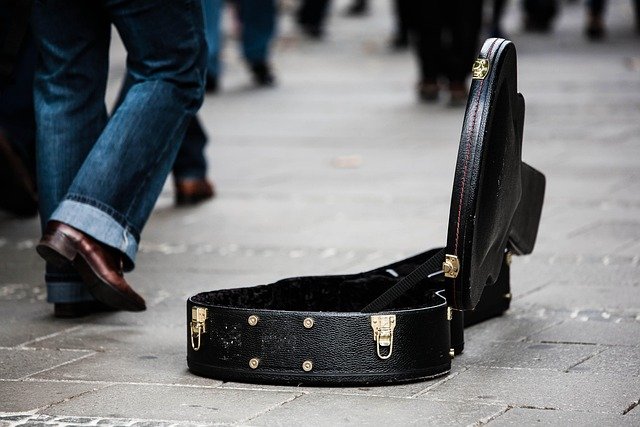Unspoken Choreography: The Social Dance of Public Space Etiquette
In an increasingly crowded world, our shared spaces have become stages for intricate, unwritten social performances. From sidewalks to subways, cafes to parks, we navigate a complex web of unspoken rules that govern our interactions. This fascinating dance of public etiquette shapes our daily lives in ways we often overlook. Read below to explore the hidden language of public space and how it reflects our evolving social norms.

The Evolution of Public Space Norms
The concept of public space etiquette is not new, but it has evolved significantly over time. In medieval Europe, public squares were often chaotic, with little regard for personal space or orderly movement. The Industrial Revolution and subsequent urbanization brought new challenges, as cities became more densely populated. This led to the development of more structured social norms to manage the increased proximity of strangers in shared spaces.
Today, our public space etiquette continues to evolve in response to changing technologies and social values. The ubiquity of smartphones, for instance, has introduced new considerations about appropriate use in shared environments. Similarly, growing awareness of accessibility needs has reshaped our understanding of how to navigate public spaces considerately.
The Psychology of Personal Space
At the heart of public space etiquette lies the concept of personal space. Anthropologist Edward T. Hall coined the term proxemics to describe the study of human use of space and the effects that population density has on behavior, communication, and social interaction. Hall identified four distinct zones of personal space: intimate, personal, social, and public.
In public settings, we constantly negotiate these invisible boundaries. The distance we maintain from others, the way we position our bodies, and even our gaze patterns all communicate our respect for others’ personal space. Interestingly, these norms can vary significantly across cultures, leading to potential misunderstandings in our increasingly globalized world.
The Choreography of Movement
Public spaces are not static environments; they are dynamic stages where countless individuals move in coordinated patterns. This movement follows unspoken rules that allow for efficient flow and minimal conflict. Consider the dance-like quality of pedestrians navigating a busy sidewalk, seamlessly weaving around each other without collision.
Research in the field of human movement science has revealed fascinating insights into these patterns. Studies have shown that pedestrians unconsciously form lanes in crowded areas, with people walking in the same direction clustering together. This self-organization emerges without explicit communication, demonstrating the power of our innate social programming.
Technology and the Changing Landscape of Public Etiquette
The digital age has introduced new layers of complexity to public space etiquette. The use of smartphones in shared spaces has become a particularly contentious issue. While these devices allow us to stay connected, they can also lead to what sociologists call absent presence - being physically present but mentally elsewhere.
This phenomenon has given rise to new social norms, such as the tacit understanding that it’s impolite to use your phone during face-to-face conversations. Some cities have even introduced smartphone lanes on sidewalks to accommodate those who insist on walking while texting. These developments highlight how our evolving relationship with technology continues to shape our public behavior.
The Role of Culture and Context
While many aspects of public space etiquette seem universal, cultural differences can lead to significant variations. For example, the acceptable distance for personal space can vary widely between cultures. In some Middle Eastern countries, close physical proximity is common and expected, while in Northern European cultures, people tend to maintain more distance.
Context also plays a crucial role in determining appropriate behavior. The etiquette expected in a library differs greatly from that of a bustling market. Understanding these contextual shifts is a key part of social intelligence, allowing individuals to adapt their behavior to different environments seamlessly.
The Future of Public Space Interaction
As our world continues to change, so too will our norms for public behavior. The recent global pandemic has already reshaped our understanding of personal space and hygiene in shared environments. Looking forward, emerging technologies like augmented reality may further blur the lines between physical and digital space, introducing new challenges for public etiquette.
Urban designers and policymakers are also increasingly recognizing the importance of public space in fostering social cohesion. This has led to innovative approaches in city planning, with a focus on creating spaces that encourage positive social interactions while respecting individual needs for privacy and personal space.
The unspoken choreography of public space etiquette is a testament to human adaptability and our innate desire for social harmony. As we continue to navigate an ever-changing world, our ability to evolve these shared norms will play a crucial role in shaping the future of our urban landscapes and social interactions. By understanding and appreciating this hidden language, we can all contribute to creating more considerate, efficient, and enjoyable shared spaces for everyone.





